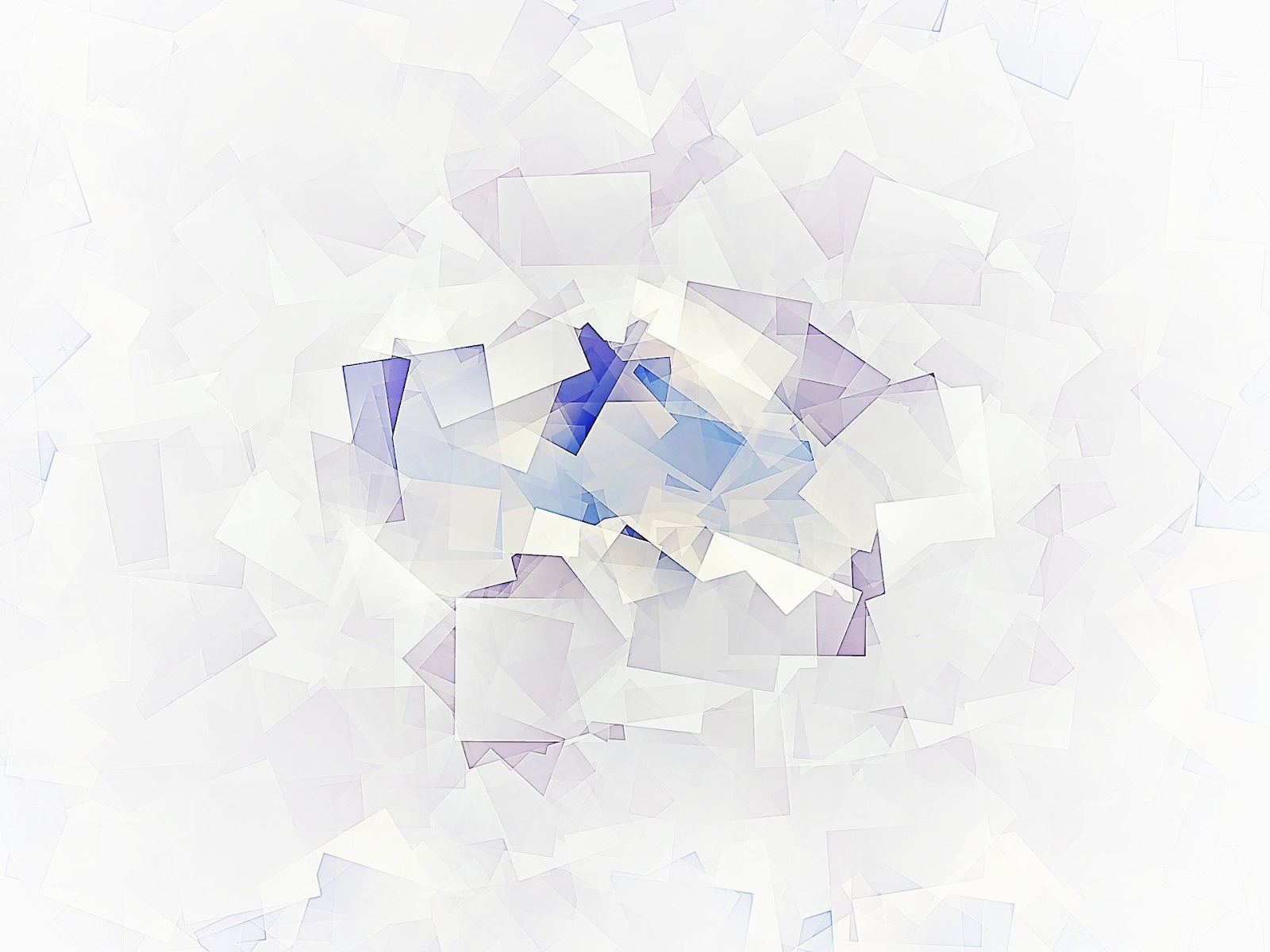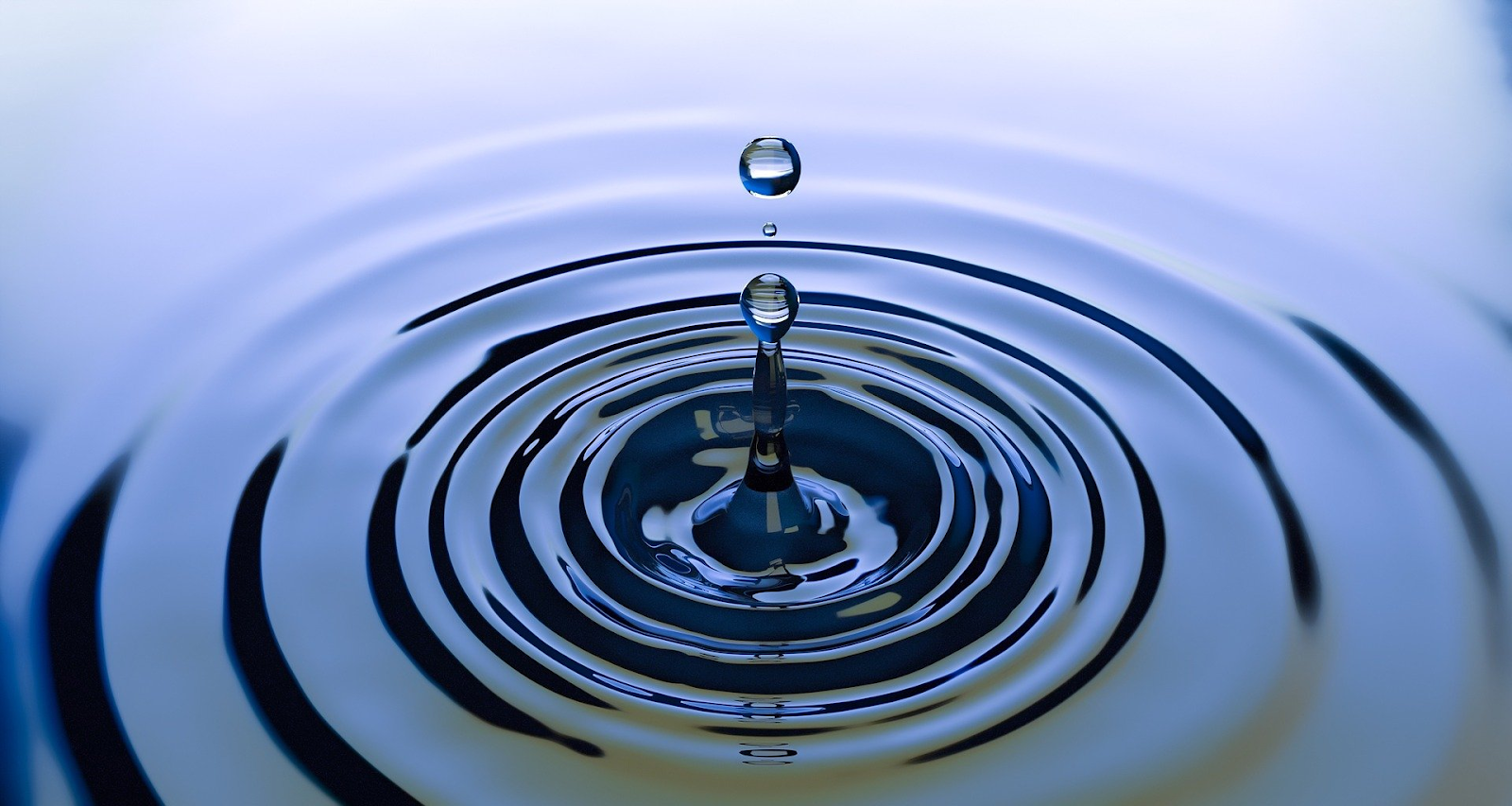Placing acrylic furniture in your home brightens up the room and adds a chic, classy feel to the ambiance of your space. But when your favorite pieces become cloudy or discolored, they can turn fab to drab in a flash.
It doesn't matter whether you have a stunning acrylic feature hanging on your living room wall, a beautiful side table in the entranceway, or a shield separating your excitable puppy from the rest of the house: your acrylic surfaces will need cleaning from time to time. If you're in the latter group, you may need to remove scratches from the puppy's excitable jumping too!
In this article, we're going to go through the process of how to clean acrylic surfaces and offer some care tips so you can keep your home gorgeous the easy way.
1. Buy High-Quality Acrylic
Acrylic is a type of transparent thermoplastic material known for its strength, durability, and crystalline shine when it's well cared for. As with most plastics, poor-quality acrylic can become prone to yellowing or gain a cloudy appearance over time when exposed to sunlight, no matter how well you care for it. This is because many manufacturers add additional ingredients to save on costs.
That's why it's best to purchase high-quality acrylic. You'll find a range of options available, such as Lucite, Plexiglass, and Acrylite, which are made from pure ingredients and are completely inert when in solid form. These products will last longer, as they are stronger and do not discolor with light or exposure.

If you need high-quality, gorgeous acrylic furniture and art, check out the range at Clear Home Design. Our products are made with only the finest quality cloud-free and non-yellowing acrylic to ensure your surfaces stay fresh for longer.
2. How Often Does Acrylic Need to be Cleaned?
Regularly removing dust and buildup that impairs the prized transparency of your acrylic gems is the best way to keep them sparkly clean over the long term. Weekly dusting can help keep away any dust particles that may eventually scratch the surface of an acrylic piece.
Should you encounter any scratches, use these acrylic tips for cleaning to help remove and repair them as soon as possible. This will help prevent scratches from becoming larger or more difficult to remove.
3. Tools To Clean Acrylic Surfaces
Cleaning acrylic is not a difficult job, but to do it correctly it does require a little savvy and the right tools. Think of it as a ritual.
Hair Dryer - The hairdryer is for removing dirt and dust particles without scraping them along the surface and causing tiny scratches. If you do not have access to one, freshwater will work just as well.
Microfiber Cloth - Microfiber cloths are the dust removers' best friend. They can effectively remove small particles that stick to your acrylic and help to buff out light scratches or lines that appear on the surface. Paper towels are not as effective at clearing away residual marks.
Bucket and Cleaning Solution - You'll need a bucket filled with warm water and a gentle cleaning solution, such as baby shampoo or mild dish soap. You may also opt to use an anti-static cleaner to prime the acrylic before it gets put back in its place.
It's important to note that certain cleaners may damage the surface of the acrylic. When cleaning plexiglass or acrylic pieces, use non-abrasive acrylic cleaners with microfiber cloth for the best results on the clear plastic. Harsh micro-abrasive cleaners will leave hundreds of tiny scratches on your surfaces which may cause the acrylic to lose its sheen. Additionally, ammonia-based products - such as some window or glass cleaners - will cause permanent damage to the acrylic, leaving a murky finish. It's best to avoid these altogether.
4. How To Clean Acrylic Furniture
Prepare the Area
When you transport your acrylic art or furniture to the place where it will be cleaned, try to handle it by the edges and do not drag it across floor surfaces. Instead, lift and place it in your chosen cleaning area. This will help prevent scratches on the surface from contact.
Make sure you place your acrylic furniture on a lint-free surface area. If you do not have any available, cover the cleaning area with paper towels. For large plexiglass panels, simply prop the board against a wall.
Remove Dust
Every speck of dust is a little piece of dirt that may have sharp edges that could scratch your acrylic. By using air or water to remove these, we minimize the chances of causing damage to the material. Hold the hairdryer at 45 degrees several inches from the acrylic and blow cool air from top to bottom and side-to-side across the acrylic surface.

Clean Away Marks
Dip your microfiber cloth into the soapy water and wring it until it is only slightly damp. Beginning at the top of your piece, wipe vertically downwards over the entire surface to remove dirt and clean away fingerprints. It's only necessary to use light pressure with the microfiber cloth.
There is no need to rinse the acrylic unless you have used too much soap and the surface produces soap streaks as it dries. Acrylic can be air dried naturally, though if you're in a rush, you can always bring the cool air from a hairdryer back to speed up the process.
Apply Anti Static Cleaner
Now that the dust and dirt have been removed and the surface is dry, we recommend treating it with a good cleaning product to prevent future dust buildup. Acrylic can build up static pretty fast which attracts dirt and dust particles to the surface. One way to combat this is with an anti-static cleaner. Apply to the surface with a dry soft cotton cloth. You could even give it a buff with the cloth to finish off!
5. Intensive Cleaning Tips
Accidents can happen, and you may find that your acrylic surface gets scratched or damaged in its travels. Don't worry! In this section, we are going to show you how to clean lucite with advanced cleaning techniques to bring your piece back to brand new. Try to be careful as you use these techniques to avoid causing further damage to the acrylic. But with a bit of know-how and care, you'll be well on your way.
Scraping
Scraping can help remove machine marks, deep scratches, or jagged edges from acrylic. With a razor blade or sharp scraping tool such as a Stanley knife, gently scrape from side to side across the scratched acrylic surface to remove excess. Angle it at 10 degrees to the plain to ensure you're evenly scraping the surface and to avoid deeper scratches.

Sanding and Buffing
You can remove scratches from your acrylic surfaces by sanding and buffing. Begin with a buff - this may remove the scratches and save you from sanding the acrylic unnecessarily. If a buff doesn't work, you simply need to sand acrylic as you would with a piece of wood.
You can perform this technique with sanding tools or by using sandpaper by hand. If you have deep scratches, begin with coarse sandpaper. Once you have worked over the entire surface, repeat the process with medium, then fine sandpaper to give the smoothest results. If your scratches are only mild, begin with the medium, then use the fine.
Sanding will produce dust, so you may want to use a mask for this one. It will also give the acrylic surface a matte finish. You can bring it back to a glossy shine by buffing. Use acrylic polish (such as Vuplex or car wax) to help buff, and apply until the polish clears the acrylic.
Polishing
When you want to restore the acrylic to its original shiny glory, one advanced cleaning technique is flame polishing. This produces fast and immaculate results but requires a little caution. If you've never performed flame polishing before, it's wise to take it slowly.
Choose a normal hydrogen-oxygen torch with a 4-5 tip and gently melt the sanded or buffed edges of the acrylic. Start by holding the torch a few inches from the acrylic and gliding it at a rate of 3-4 inches per second. If you move too slowly or closely, the torch may overheat the acrylic and cause tiny stress bubbles.
Should the acrylic still appear matte once you have finished flame polishing, wait for the surface to cool down and give it another try. The results of flame polishing can be exceptional when done correctly!
Conclusion
Acrylic pieces look incredible in the home. Whether it's your favorite picture frame or a beautiful sculpture in the living room, its glossy and transparent aesthetic adds a chic feel to any interior decor.
That said, it's critical to start with good quality acrylic pieces and understand how to clean acrylic properly to ensure they look stunning for a long time. Cleaning acrylic is simple and easy if it's well taken care of. However, if it does sustain some damage there are plenty of intensive acrylic tips and tricks to restore it to brand new.
If you are looking to extend your acrylics collection with only the finest of lucite and acrylic products, check out the gorgeous range of products and designs at Clear Home Design. We have everything you need to keep your home beautiful, and our knowledgeable experts are here to help with any questions!

